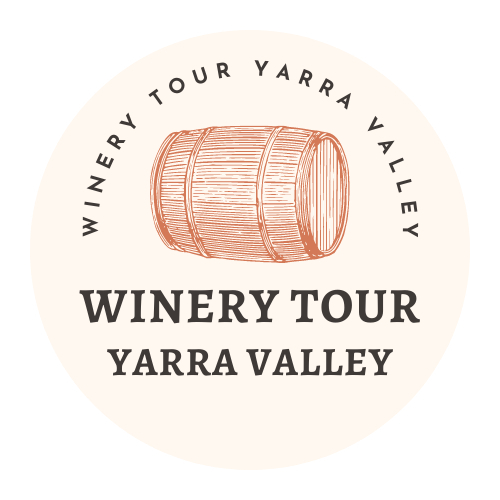It’s never difficult to get the hang of wine tasting. In actuality, many winemakers and other wine enthusiasts can partake in this simple journey. To be able to taste wine like a natural-born wine expert, you must first develop all of your fundamental senses before expanding from there. Never forget that while you can smell a wide variety of unusual odors, you can only taste bitter, sour, sweet, and salty things. The ability to identify a particular flavor is most frequently based on the interaction of taste and smell. Here are some top wine tasting advice you should be aware of when doing wine tasting Yarra Valley tours:
Look
You can assess the appearance of the wine more accurately by noting the viscosity, opacity, and color of the wine. These observations provide helpful information on the wine’s approximate age, the grape varietals utilized, the amount of sugar, alcohol, and acidity inside the wine, as well as the type of climate in which the grapes were grown. Consequently, old wine has a tendency to turn more yellow or brown, whilst red wines are more transparent.
Additionally, by seeing the wine’s wine legs, you can determine whether it has a low or high sugar and alcohol content. If there are more droplets on the sides of your wine glass, there is more alcohol in the wine. The wine is sweeter if the tears or drips fall slowly down the edges.
Smell
The aroma that the wine generates will typically reveal a lot about it. For instance, by smelling it, you may determine whether or not it was aged in oak. As the alcohol evaporates, specific substances known as stereoisomer will be trapped in our noses, making this feasible. There are three categories of scents to pay attention to: primary aromas, secondary aromas, and tertiary aromas. Primary aromas are utilized to establish the grape variety and environment (can be used to determine whether the wine is aged in oak or bottle). Your wine was probably matured in wood if you detect a vanilla aroma.
Taste
When tasting wine during wine tasting Yarra Valley tours, start by using the front of your tongue to detect sweetness. If you sip wine and detect a hint of dryness, this indicates that little sugar has been added. Similarly, acidic wines do not taste as sweet. Which climate existed at the time the wine grapes were plucked depends heavily on acidity. High acidity in wine typically denotes an area with a cooler climate.
You should pay attention to the tannin in red wine when tasting it. It is used to specify the type of grape, the anticipated age, and whether oak aging was utilized. When oak tannins touch your palate, they frequently taste rounder and smoother (the centre of your tongue). The taste of grape tannins will be more astringent and green.
You ought to be able to discern the wine’s general characteristics by this point. Join one of our Melbourne wine tasting Yarra Valley tours if you’re curious and want to learn more. For further details, get in touch with Winery Tour Yarra Valley right away!
If you are in Canterbury, Victoria 3126, and looking for a winery tour to Yarra Valley or Mornington Peninsula, this is the best way to visit us.
Winery Tour Yarra Valley
Unit 201/98 River Esplanade
Docklands, VIC 3008
(03) 7042 3201

